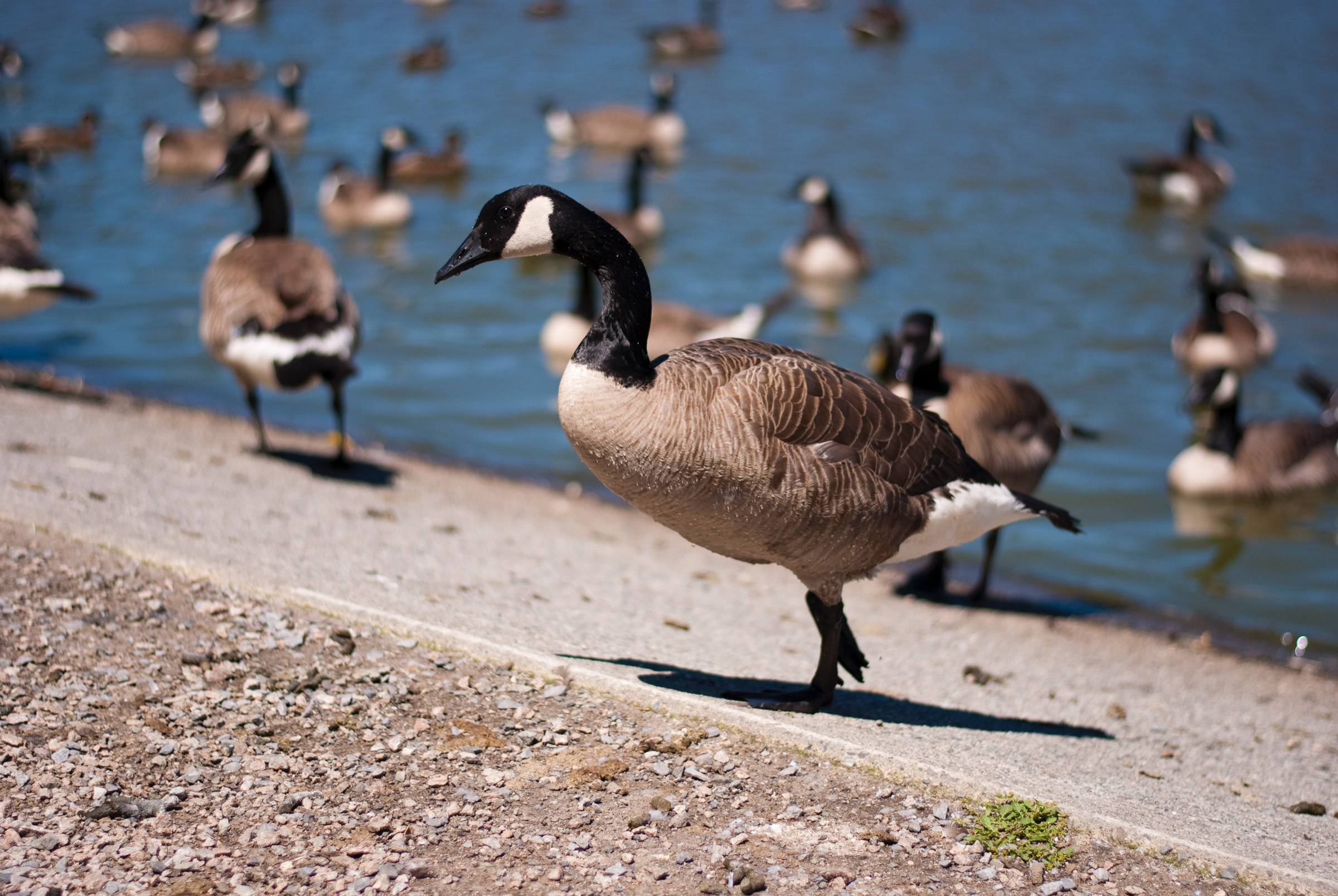The National Oceanic and Atmospheric Administration says 2016’s trend of record-breaking temperatures has continued into the fall. And that unseasonably warm weather may be changing the timing for birds heading out of our region for their fall migrations.
Andrew Farnsworth, lead biologist for BirdCast—a tool that forecasts what’s happening with bird migrations each week—says some birds are dramatically affected by warmer temperatures.
“For example, waterfowl—common loon, ducks on the Great Lakes—if temperatures are warmer than average all the way through the fall and into early winter, those birds will stick around much, much longer than they would if there were a freeze.”
LISTEN: How Climate Change Affects Migratory Birds
He says the same thing is true for some birds that live on land, like American robins. Other species, like warblers, are less sensitive to temperature. Instead, they time their trips south based on changes in the amount of daylight. But climate change can knock these birds off kilter too, when atypical weather alters the availability of their favorite foods, like insects.
“They can get horribly asynchronous with the resources around them,” Farnsworth says. “So they can depart much earlier than they might need to, they can arrive much earlier than they should in the spring, and if the prevailing temperatures are either different or more severe storms exist, there can be big problems.”
Farnsworth says in general, birds are able to respond quickly to changes. But they might not be able to keep up with the pace of human-caused climate change. He says some birds will probably do better in a warmer climate, while other species may struggle to adapt.
“It’s really a wild card that depends on the species itself in terms of how climate change is going to play out.”
###
This story comes from our partners at Michigan Radio's Environment Report, a program exploring the relationship between the natural world and the everyday lives of people in Michigan.


